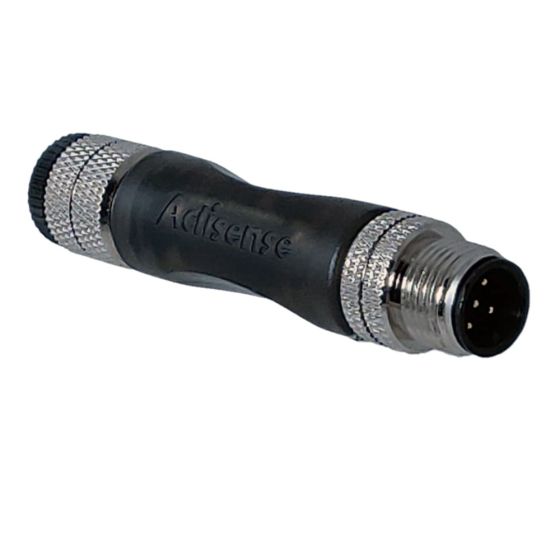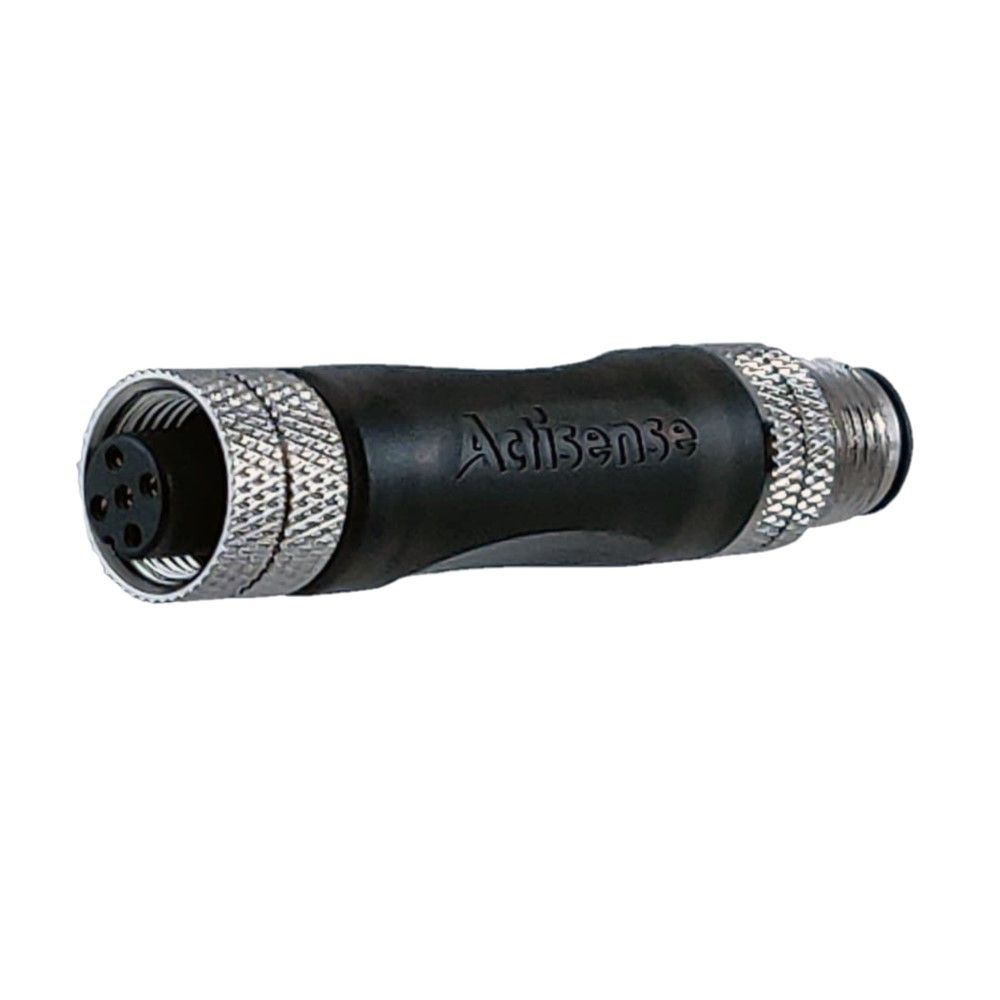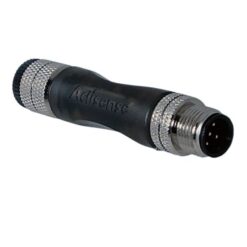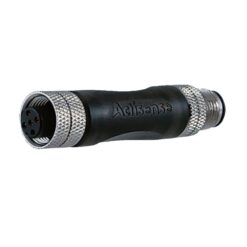Actisense NMEA 2000 Smart Universal Micro Terminator
£35.88 £34.95
2 in stock
The world’s first intelligent universal in-line terminator. Terminate your NMEA 2000 network – regardless whether a male or female connection is required – and use the TER-U’s smart functionality to easily troubleshoot any power or voltage issues on your NMEA 2000 bus.
The TER-U can be fitted directly at the end of your network or used as an in-line terminator in difficult to access locations.
Acts as an intelligent diagnostic Terminator
Provides instant feedback by use of LED as to the state of the NMEA 2000 bus. Makes checking the network quick and easy.
In-Line Terminantor
No need for a “T” piece when an NMEA 2000 device needs to be operated at the end of a network segment. Allows for simple installation into compact areas such as mast heads.
Universal Terminator
Can be used as a female, male or in-line terminator. By using one end only, the universal terminator can do everything you need – the only terminator required for any toolkit.
Built-in high accuracy voltage monitoring
The LED shows Green when power is connected and is of the correct polarity. It will illuminate Red if the bus voltage dips below the 9 volt minimum. Very simple “at a glance” status checking.
Supplied with blanking caps
Seals the unused end when the terminator is not used as an in-line device. If used on one end only, it stops moisture affecting the electrical circuits.
Rugedised, flame retardant over-moulded housing
Durable design, high (UL94 V-0) flammability rating and watertight to IP67. Suitable for wet and harsh environments highly desirable in marine.
Metal coupling nuts
Field proven durable nickel-plated brass M12 screw connection. Reliable, long lasting connections.
The TER-U acts as an intelligent diagnostic terminator which provides instant feedback as to the state of the NMEA 2000 bus onboard. It is also a universal terminator which can be used as an in-line terminator or as either a Male or Female terminator, as it comes supplied with blanking caps.
It has built-in high accuracy voltage monitoring circuit which continuously monitors the bus voltage, and will illuminate its internal LEDs when it detects that the bus voltage is of the correct polarity. If it detects that the voltage is within the minimum required range, it will indicate ‘GREEN’ immediately, providing continuous valuable feedback as to the state of the bus.
If the voltage falls below the minimum required level of 9.0V, then the LED’s will illuminate ‘RED’ showing there is a potential problem with the NMEA 2000 bus power. Similarly, if the LED’s do not illuminate at all, this would indicate that there was no power or that the polarity was incorrect.




